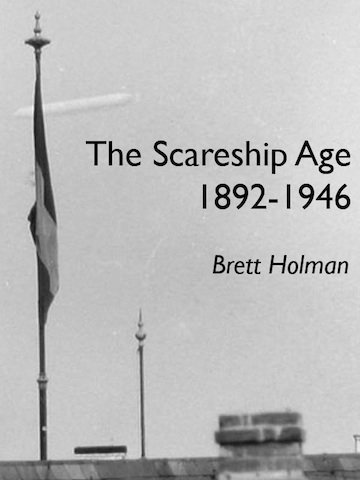#twitterstorians and the Other
[Cross-posted at Cliopatria.] I’ve been using the Internet for nearly two decades: in 1992 — after nervously checking with the physics computer lab manager first — I sent an email to my future Honours supervisor while she was visiting Toronto. I was quickly hooked by the promise of overcoming the tyranny of distance and transparently […]


